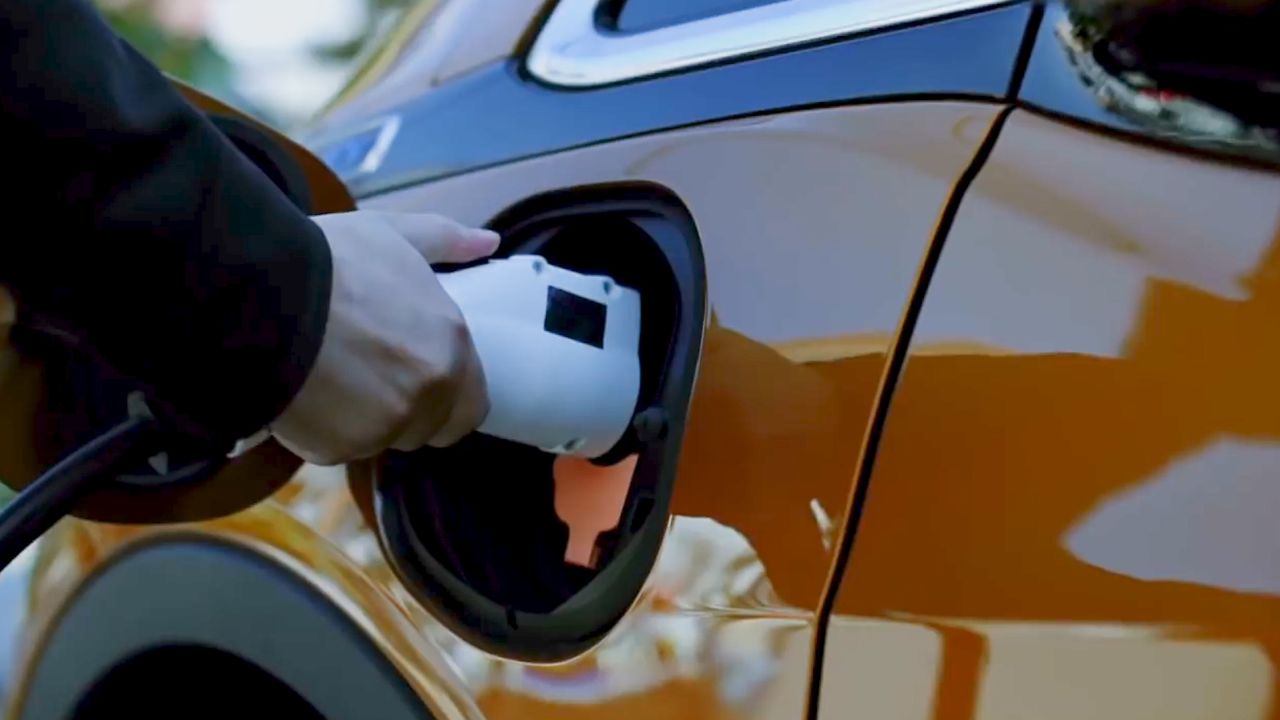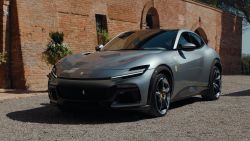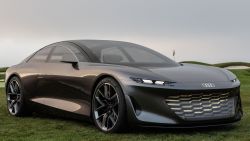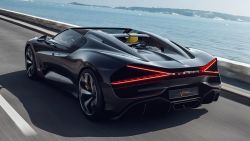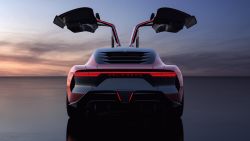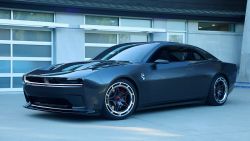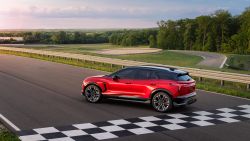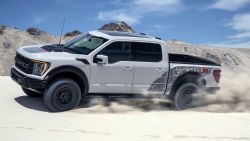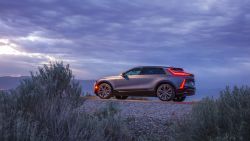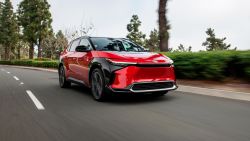These days, when a major automaker unveils an electric car it gets a lot of press. That’s because electric cars are cool, special and futuristic. Someday, though, electric cars willjust be cars.
But when will that happen? When will electric cars no longer be a novelty item for earlyadopters?When will customers be willing to consider them regardless of government incentives, just as they would a gasoline-powered car today?
We may already be closer than you think. Analysts at Bloomberg New Energy Finance have predicted that 20 years from now, more than half of new cars sold will be electric.
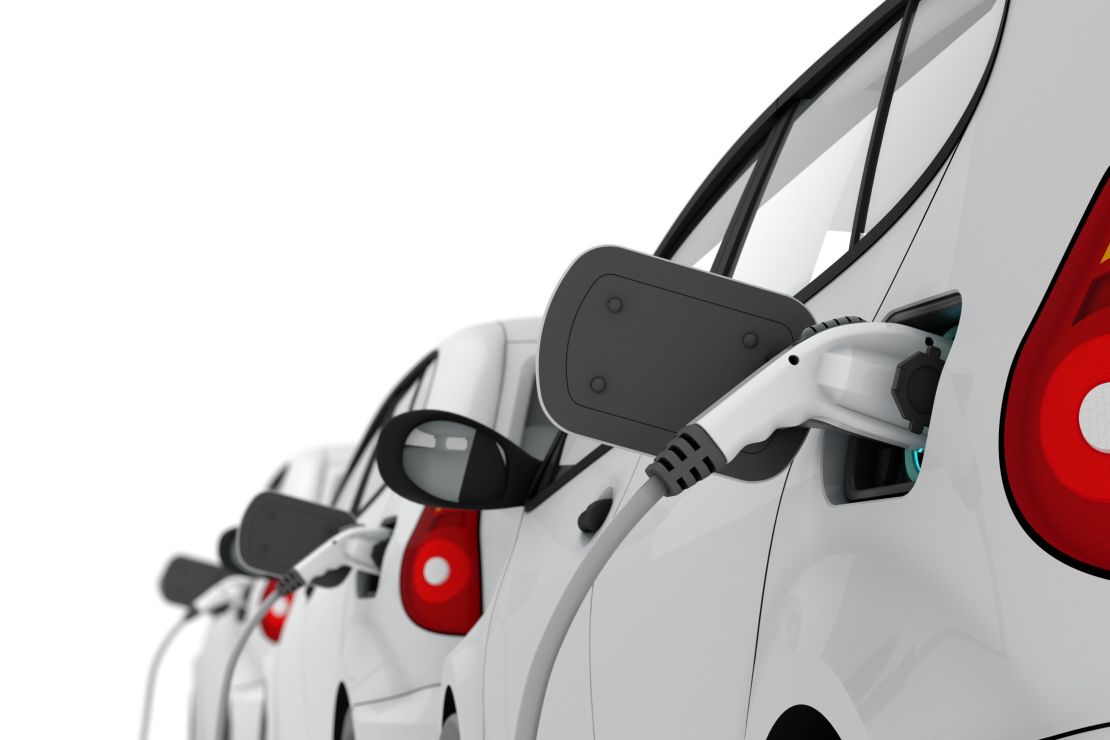
“We see a real possibility that global sales of conventional passenger cars have already passed their peak,” said Colin McKerracher, head of advanced transport for BNEF.
But, for electric cars to really go toe-to-toe against gasoline-powered cars, a few things need to happen first – and they won’t happen everywhere at once.
Going the distance
First, electric cars will need to go further on a single charge and they will need to charge faster.
Seth Goldstein, an electric vehicle industry researcher at Morningstar, predicts that, within 10 years, electric cars will average around 300 miles on a charge, which should be enough for most people’s comfort. Currently, electric cars average about 200 miles on a charge, he said.

Since even 200 miles already far exceeds the amount most people drive in a day, the difference is mostly psychological. People are just used to getting far more than 200 miles out of a tank of gasoline.
Longer range cars are coming, thanks to improvements in several areas. Better batteries can store more energy. Meanwhile, improvements in manufacturing are driving battery prices down, which allows car makers to install more battery cells without driving up prices too much.
Today, electric car batteries cost about $176 per kilowatt-hour, but that figure will drop to just $87 per kWh by 2025, according toanalysts at Bloomberg New Energy Finance. (The kilowatt-hour, or kWh, is a measure of how much energy a battery can store. For instance, the Chevrolet Bolt EV has a 60 kWh battery pack while the much larger Tesla Model S can have a 100 kW pack.)
Electric cars are also going farther thanks to improvements in the energy efficiency of the cars themselves. More efficient electric motors and even more efficient tires help. The new Tesla Model S Long Range, for instance, relies on efficiency improvements in its electric motors, tires and wheels that help reduce rolling and wind resistance, not extra battery capacity, to go 370 miles on a charge.
A different mindset
Car shopperswill also need to think differently about “fueling” their car. When buying a gasoline-powered car, no one ever asks “Where am I going to fill the tank?” Gas stations are pretty much everywhere and it takes only a few minutes to fill up. With electric cars, it’s different. Charging the battery is not something people usually pull over to do as a task in itself.
Even if electric vehicle makers are able to shorten the time it takes to charge a battery, it still won’t usually be a quick stop. Ideally, chargers will be placed where the car can be parked for an extended period of time, like in the garage, at the office or at shopping centers or motels.
But people won’t buy electric cars unless they feel they can make an occasional long cross-country trip without worry. That’s where highway chargers at rest stops come in. There are currently several companies and industry groups working on building out networks of fast chargers.
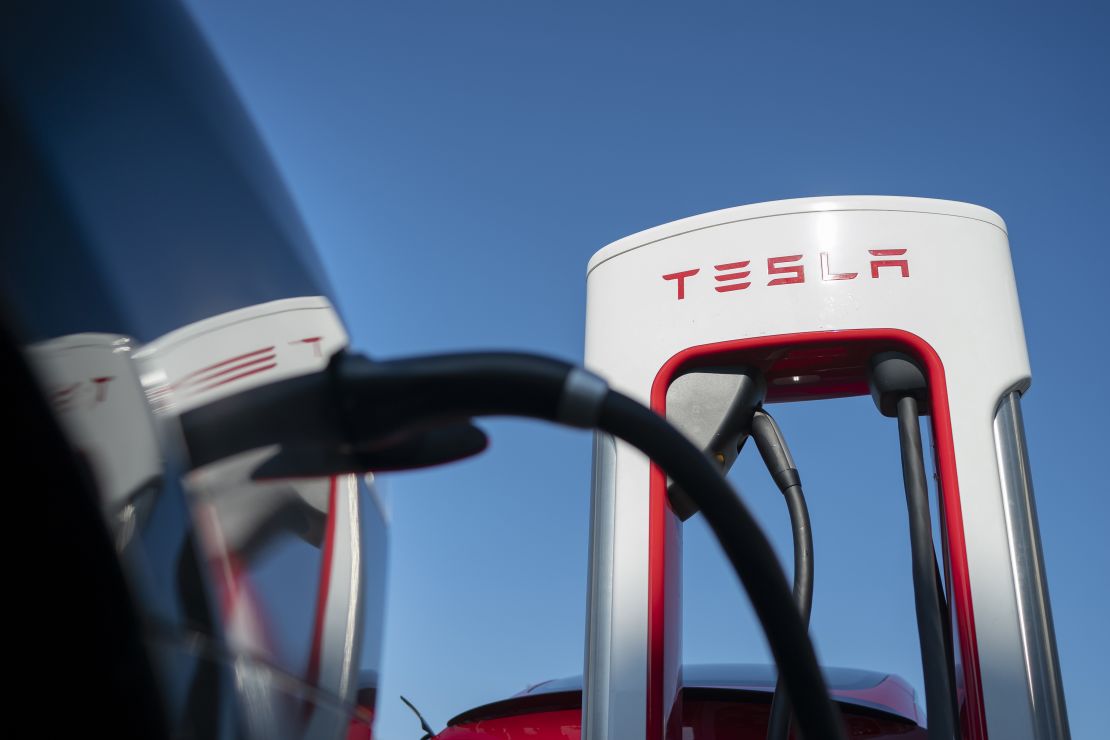
“It is critical to put those highway chargers in place at appropriate distances so it’s not overbuilt,” said Pasquale Romano, CEO of ChargePoint, which operates a network of electric car chargers throughout the United States. “And you’ve got to build that a bit ahead of the consumer demand because, optically, they need to see that so they can get over the hump mentally.”
General Motors and construction company Bechtel recently announced they are teaming up to build a network of fast chargers. Data from drivers of both electric and gasoline-powered GM cars, which will be gathered voluntarily through GM’s OnStar system, will help dictate where chargers will be built, said Mike Ableson, GM’s vice president of EV infrastructure and charging.
Electrify America, a charging network company financed by Volkswagen as part of its diesel emissions scandal settlement, is also rapidly building out a charging network and has deals to allow its network to seamlessly work with others. Tesla, on its own, also has a huge network of its Superchargers worldwide that the company frequently points to as an important selling point for its cars and SUVs.
And the chargers are getting faster. Swiss industrial company, ABB, claims its chargers will be able to fill a car’s battery pack to 80% in under 10 minutes. This also depends on cars being able to accept a charge this quickly, though. Cars, themselves, will vary in how quickly they can charge. Charging speedsare already becoming a bragging point for automakers.
More choices, better prices
Beyond that, there simply needs to be more electric vehicles for consumers to choose from.
In the car business, there’s always a tricky interplay between what customers want and what’s available. For instance, crossover SUVs are really popular with car shoppers these days. That’s partly because there are so many crossover modelsout there. That wasn’t true a few years ago. The result is a huge increase in crossover sales – both because customers want them and because dealer lots are carpeted with them.
Right now, someone who wants to buy an electric car has very few options. But as more competitors enter the market, electric vehicle sales will naturally increase since customers are more likely to find an electric car that fits their basic needs and tastes.
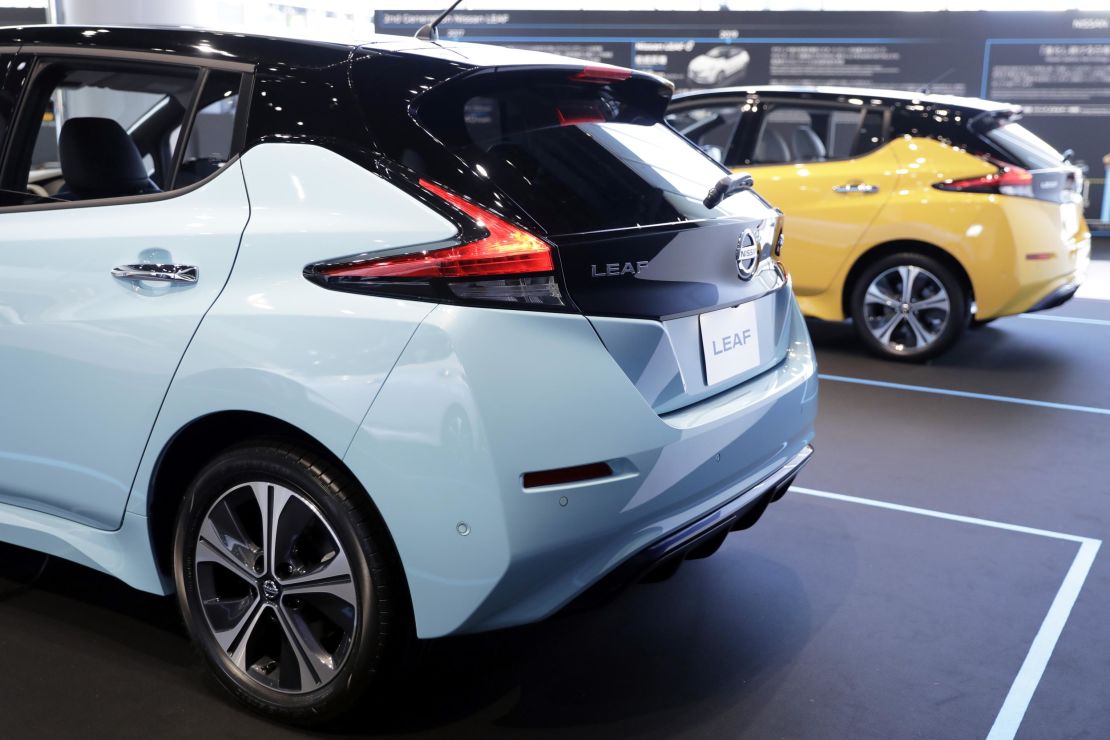
They will also get less expensive. That’s already happening as battery costs – the most expensive part of an electric car – begin to come down. When the $35,000 Nissan Leaf was introduced in 2010, it had an EPA-rated range of just 73 miles on a charge. In 2019, a new base version of the Leaf had a range of 150 miles and a starting price that was $6,000 less. (A more expensive version that gets 226 miles on a charge is also now available.)
Up until recently, though, electric cars have not held their resale value as well as gasoline-powered cars.
That’s beginning to change, said Eric Ibara, a resale value analyst with Kelley Blue Book. The key factor seems to be range. Electric vehicles with longer driving range hold their value better, he said. The Chevrolet Bolt EV, for instance, holds its value about as well as comparable gas-powered Chevrolet cars.
Juergen Stackmann, the executive in charge of sales for Germany’s Volkswagen, doesn’t see resale value as a problem. Volkswagen Group, VW’s parent company that includes Audi and Porsche, is among the most aggressive automakers when it come to plans for electric cars. Electric cars cost so much less to service and “fuel” than gasoline or diesel cars, Stackmann said, that most costumers will still comeout ahead after just a few years, even if resale value isn’t quite as good.
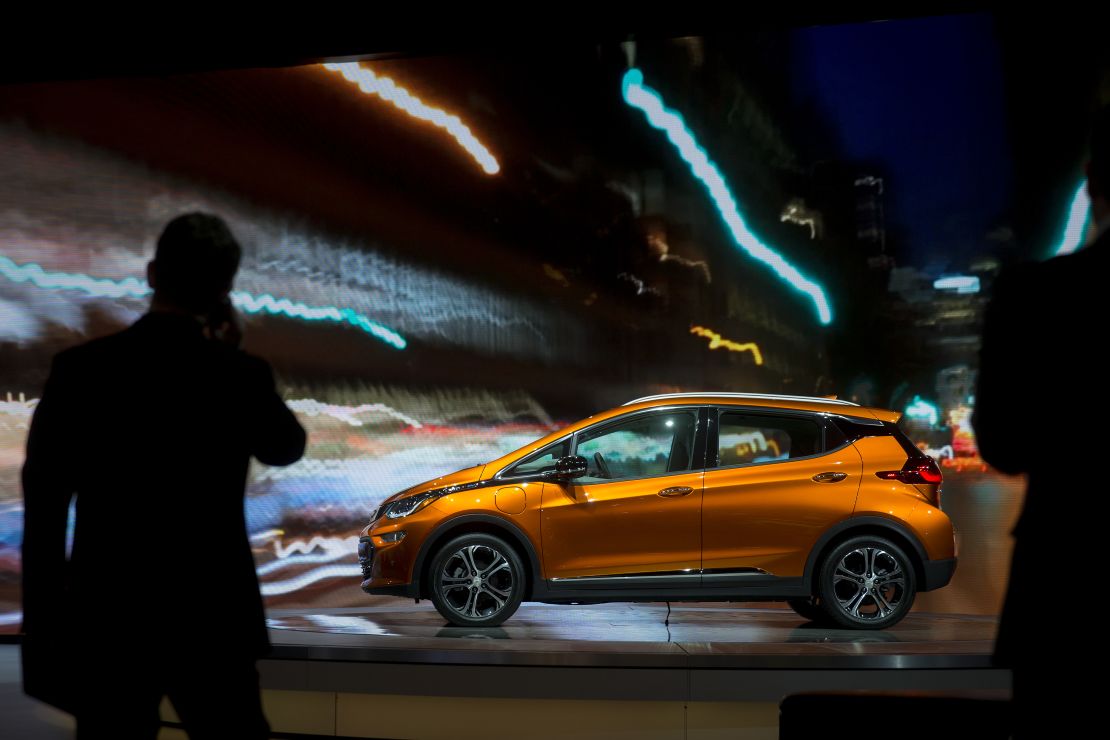
The challenge will be getting customers to see that. Corporate fleet buyers understand it easily, he said, because they tend to look at their cars and trucks as business investments.
“Private customers, usually look at price day-of purchase, and then they forget about the rest,” said Stackmann.
The time is quickly approaching, said Goldstein, when electric cars will be as good a choice for consumers even without any kind of additional purchase incentives.
Tesla is already providing us with somewhat of a test case since tax incentives on its cars in the US have already begun rolling back now that the auto maker has exceeded the maximum number of sales allowed under the rule.
“If you take charging infrastructure away, and you take incentives away, just purely looking at when the [electric vehicles] will be as good as an [internal combustion-powered car], that will happen in about 10 years,” he said.
And when that happens, electric cars will stop being such a novelty and begin to truly take over.
